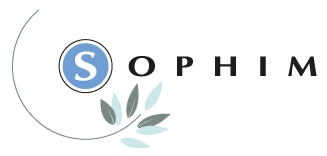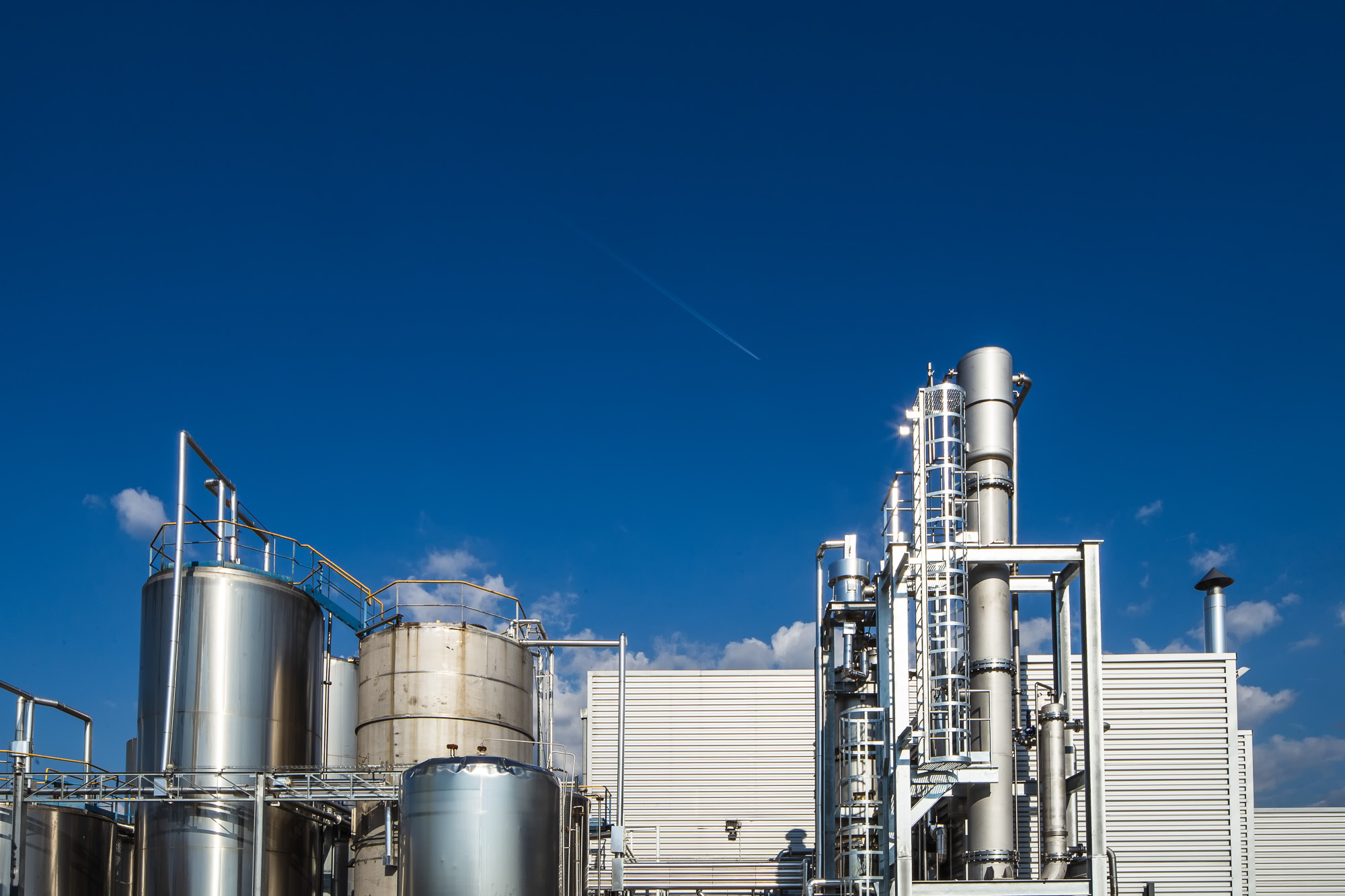Squalene is one of the key components of the human sebum and the hydrolipidic film, which are responsible for integrity and healthy appearance of the skin. Squalene plays an essential role for the moisturization of the skin.
Squalane is the stabilized form of squalene. It is a versatile product with qualities for spreadability and skin absorption. It prevents moisture loss and restores skin suppleness. Its soft, silky, non-greasy touch, its stability and total innocuity make it a versatile and irreplaceable base for quality cosmetic emulsions.
With the booming demand for squalane in the last decade, a comparison between natural and synthetic squalene is compulsory.

An interview of Jacques Margnat, SOPHIM chairman and CEO
Q: Is there a security of supply of olive raw materials?
A: Yes, olive oil production is increasing every year in the world. Squalene is not extracted directly from olive oil, but from the refining oil residues.
Moreover, substantial unexploited squalene quantities exist in pomace olive oil, extracted from the peal of the olive. It is just a question of investments and production capacity for using those abundant raw materials.
Q: Can vegetable squalane face the booming of natural ingredients (+/- 12% per year)?
A: Of course! Squalene is present in all the oils, not only in olive oil. All the vegetable oils contain vitamin E, sterols and squalene. So, the vegetable squalene market will know security of supply and steady prices in the future with refining residues from sunflower or palm oil, when olive oil residues become insufficient. This innovation has been rewarded by a patent on 27/08/2010 (INPI n°2933403).
Q: Is your vegetable squalane business model profitable?
A: We extract squalene from by-products coming from vegetable oil refining, no feed, no food, and our own by-products are sold as biodiesel from 2nd generation. A true circular economy model.
With a fully integrated process, the circular model has resisted well to the fluctuations resulting from the war in Ukraine. Indeed, despite a doubling of the price of raw materials, the price of the by-product (biodiesel) has followed the same price evolution and made it possible to maintain the price of Phytosqualan, despite the violent increases in energy and manufacturing intermediaries in 2022/2023.
Of course it requires large production capacities because the raw material contains less than 10% squalene. But our family-owned company has invested several tens of millions of euros in its 2 facilities (Provence and Andalucia).

Q: What about the cost of synthetic squalane?
A: Synthetic squalane was launched in 1978, by the Japanese company Kuraray (US Patent No. 3,794,692 of Feb 26, 1974). Squalane was obtained by dimerization of farnesene of petroleum origin and hydrogenation.
Their selling price has always been higher in the market.
30 years later, an American biotech company took up Kuraray’s idea. Indeed, they have made a great success for the production of farnesene by fermentation of sugar cane. Fermentation remains an expensive process. Moreover farnesene has also a strong demand as a precursor for the manufacturing of vitamin E, replacing citral and as a precursor of aromatic ingredients.
The organic synthesis by dimerization of farnesene has also a real cost. So it is hard to evaluate their competitiveness for the future.
Q: Are you competitive compared to synthetic squalene?
A: Judging by the results, YES. 50% development in the last 3 years with profits every year for more than 10 years.
On our side our business model proved our competitiveness.
Q: So, olive squalane is taking the lead?
A: In both cases, squalane need an industrial process and significant production capacities.
In the last 10 years our regular customers have been rewarded by security of supply and stable prices.
For new demands more capacities for olive and vegetable product are necessary. We continue to invest for this purpose.
So yes, we are comfortable saying olive squalane is taking the lead.
Our Phytosqualan is COSMOS approved. It is difficult to find a raw material, an ingredient and a process more eco-friendly and CSR inspired !
A model of circular economy.
Jacques Margnat, CEO
Category: Squalane








